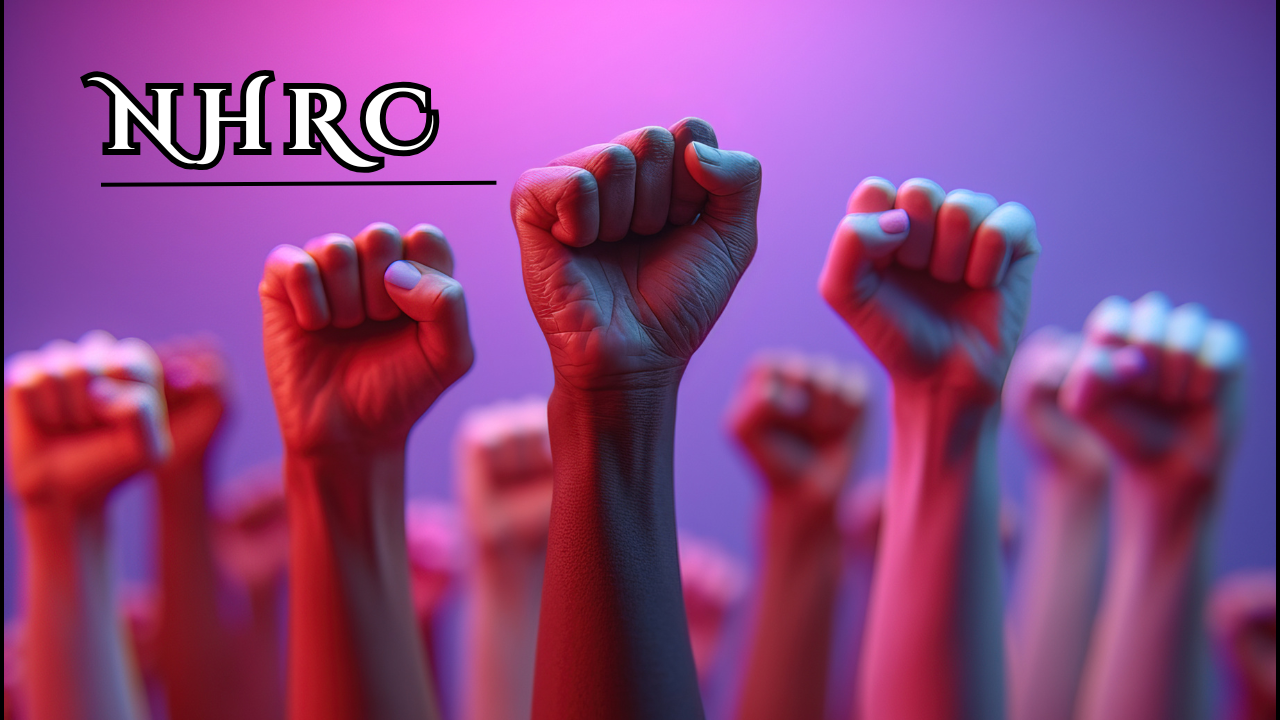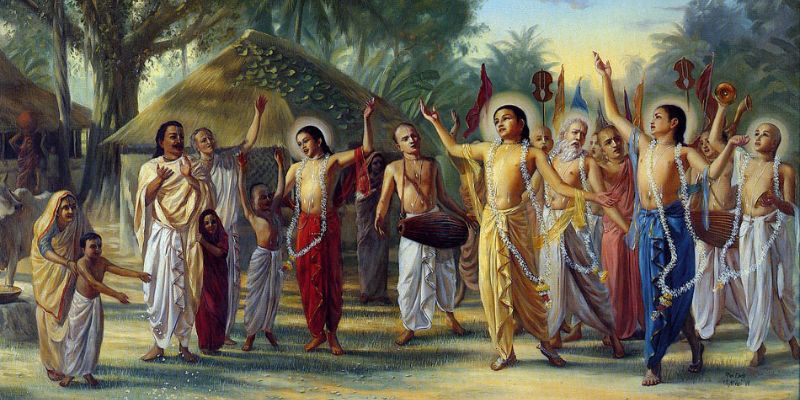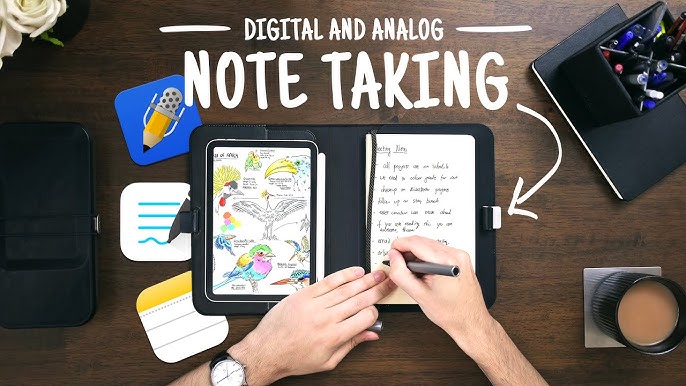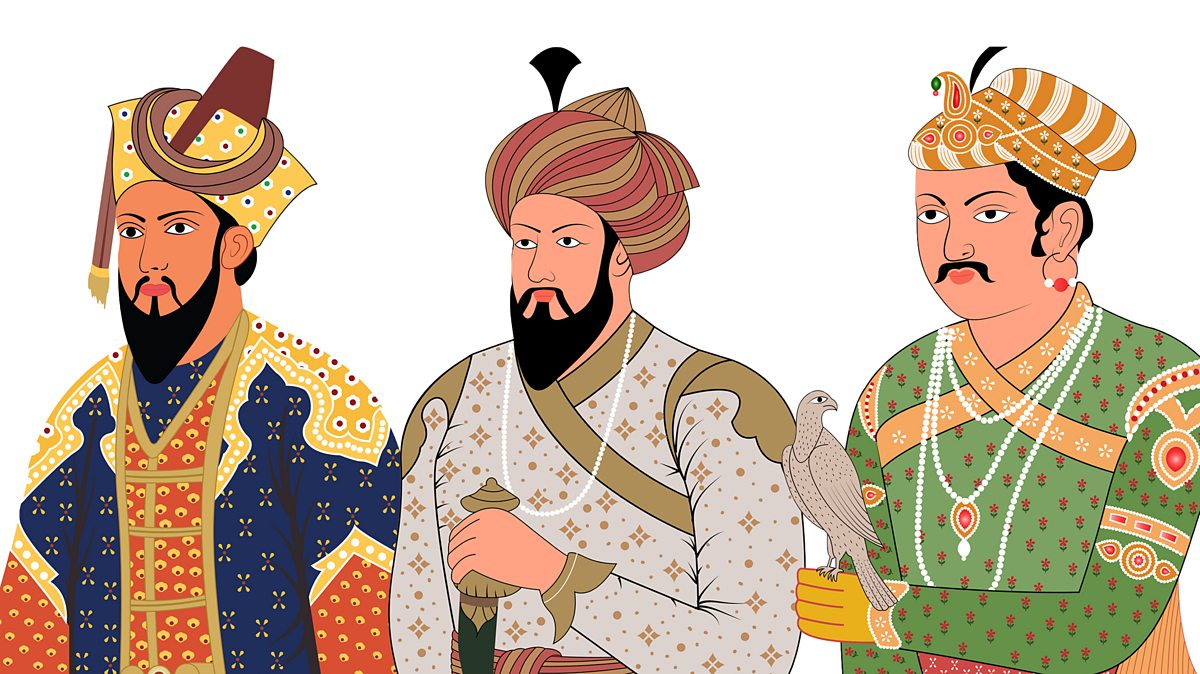Font size:
Print
Striking for Identity and Inclusion: A Movement for Change
Context:
- In recent years, the fight for identity and inclusion has gained significant momentum across various communities worldwide.
- This movement is not just about recognition but also about ensuring equal opportunities and fair treatment for all individuals, regardless of their background.
Identity refers to the characteristics, qualities, and beliefs that make an individual or group distinct. Inclusion involves creating environments where diverse individuals can participate fully and equitably. Together, these concepts are essential for fostering a sense of belonging and community in society.
The Dhangar Community’s Struggle:
- One notable example is the ongoing agitation by the Dhangar community in Maharashtra, India.
- For over three weeks, members of this community have been on a fast-unto-death in Pandharpur, demanding Scheduled Tribe (ST) reservation status.
- They argue that they are the same as the Dhangad community, which is already listed in the Constitution. This protest highlights the broader issue of identity and the need for inclusion in governmental policies.
Historical Context:
- The concept of identity politics, which emerged in the 1960s and 1970s, recognises the significance of social identities such as race, gender, sexuality, and class in shaping political agendas and social movements.
- The civil rights movement in the United States, the feminist movement, and the LGBTQ+ rights movement are notable examples of early efforts to challenge systemic inequalities and advocate for the inclusion of marginalised groups.
- Case studies such as the Stonewall riots in 1969 highlight how grassroots activism can catalyse broader societal changes, paving the way for future movements focused on equality and justice.
Key Issues:
- Race and Ethnicity: Racial and ethnic minorities often face discrimination, limited access to resources, and systemic barriers that hinder their opportunities.
- Gender and Sexuality: Women, particularly women of colour and LGBTQ+ individuals, continue to encounter significant disparities in rights, representation, and safety.
- Disability and Health: Individuals with disabilities frequently confront obstacles in access to education, employment, and healthcare.
- Systemic barriers such as economic disparities, educational inequalities, and lack of political representation further exacerbate these challenges.
The Role of Activism:
- Grassroots movements play a critical role in advocating for change by mobilising communities and raising awareness about issues of identity and inclusion.
- Social media platforms have become powerful tools for activists to spread their message, organise events, and engage with a global audience.
- Notable Activists and Leaders in the Movement: Malala Yousafzai, Greta Thunberg, and Patrisse Cullors have made significant contributions to the movement for identity and inclusion through their advocacy and leadership.
Strategies for Change:
- Advocacy and policy reform are essential for addressing systemic inequalities and ensuring that the rights of marginalised communities are protected.
- Community engagement and coalition-building help to create a broad base of support and foster solidarity among diverse groups.
- Education and awareness campaigns are crucial for challenging stereotypes, promoting understanding, and fostering empathy.
Case Studies of Successful Movements
- Movements like Black Lives Matter and the #MeToo movement has successfully brought attention to issues of racial and gender-based discrimination.
- These movements demonstrate the power of collective action, the importance of intersectionality, and the need for sustained advocacy.
Challenges and Implications:
- Resistance to Change: Efforts to promote inclusion often face resistance from those who benefit from the status quo.
- Internal Divisions Within Movements: Diverse movements can experience internal conflicts that hinder progress. Effective leadership and communication are crucial for overcoming these challenges.
- The Need for Sustained Momentum and Support: Maintaining momentum and securing ongoing support are vital for the long-term success of identity and inclusion initiatives.



